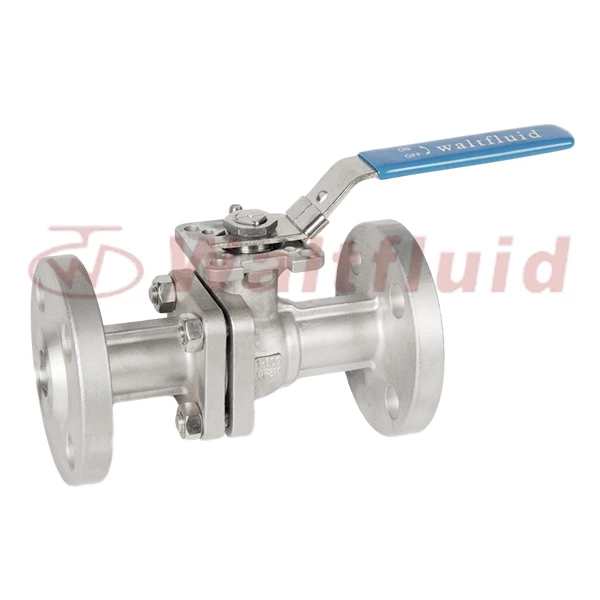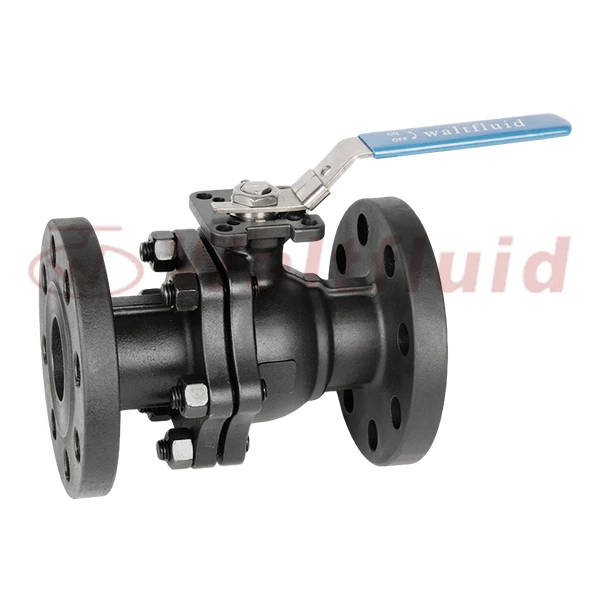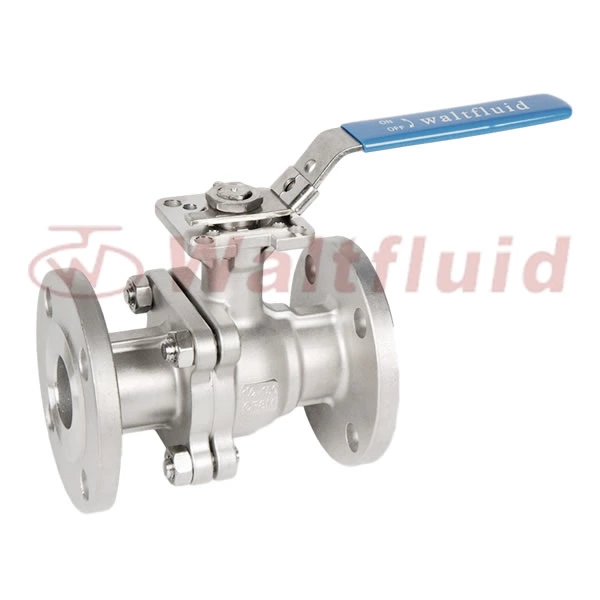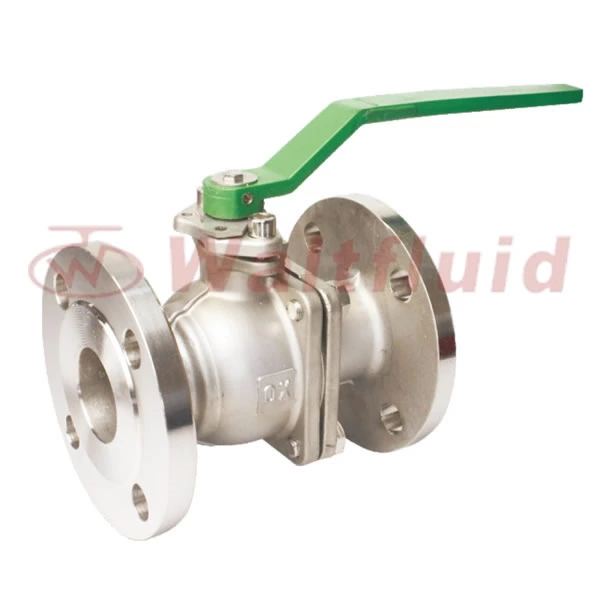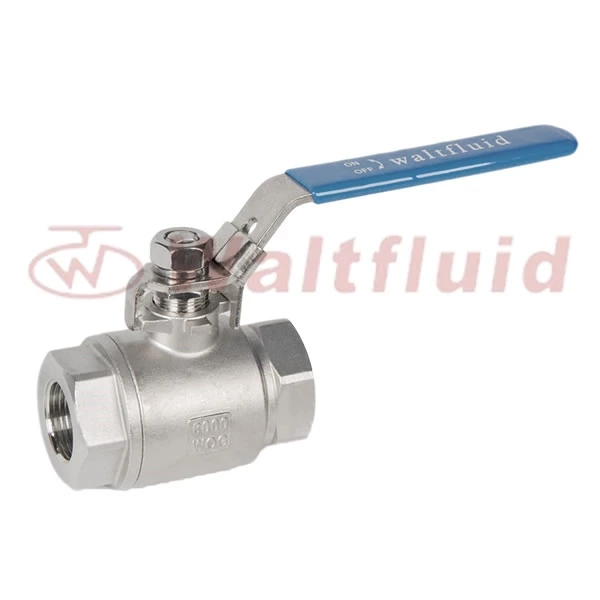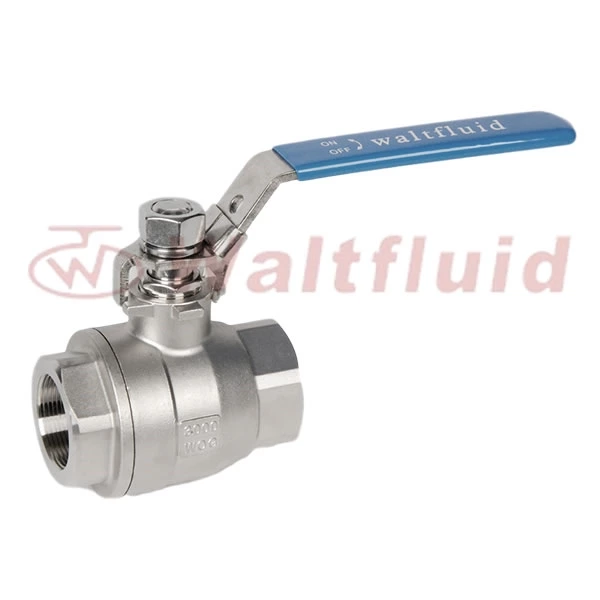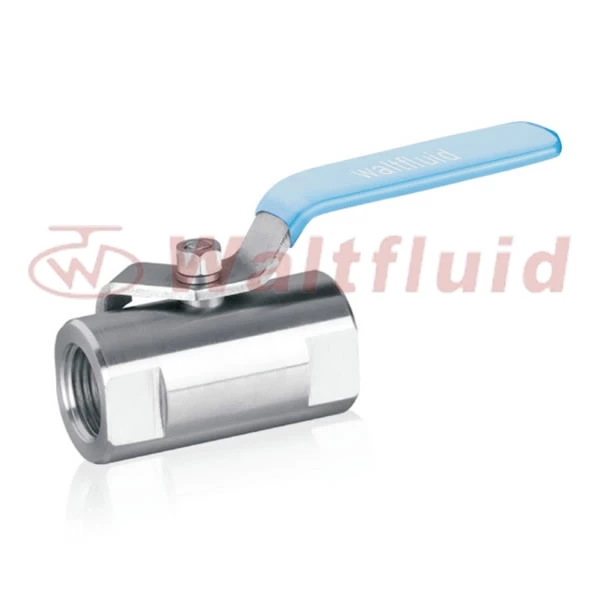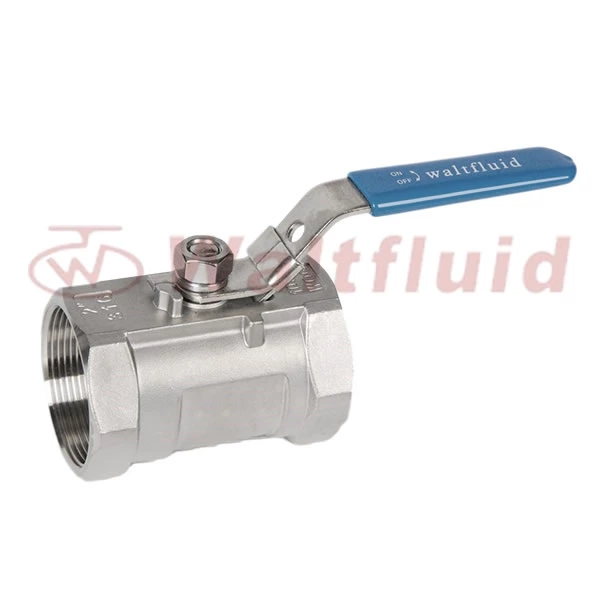Detailed Explanation Of The Types And Application Scenarios Of Stainless Steel Valves
Stainless steel valves are common key components in industrial piping systems. They have excellent corrosion resistance and high temperature resistance, so they are widely used in various industries. According to different functions and application requirements, there are many types of stainless steel valves, mainly including the following:
1. Stop valve
Function:
Used to regulate the flow of fluid and cut off the fluid.
Application scenario:
Water treatment: used to control water flow and regulate the flow in the water treatment process.
Petrochemical: Treat chemical media to avoid leakage.
Manufacturing: Used in production lines to control the flow of fluid.
2. 1 Piece Threaded Ball Valve
Function:
Open or close the flow of fluid by rotating the ball, suitable for full open or full closed state.
Application scenario:
Petrochemical: Suitable for fast switching operation.
Water treatment: Switch to control water flow, widely used in pipeline systems.
3. Gate valve
Function:
Open or close the flow of fluid by moving the valve plate up and down between the two sealing surfaces.
Application scenario:
HVAC: Used for fluid control in HVAC systems.
Water treatment: used to cut off or connect water flow.
Industrial pipeline: used for fluid pipelines with large flow or high pressure.
4. Butterfly valve
Function:
By rotating the butterfly plate to adjust the flow of fluid, it can achieve fast switching and adjustment.
Application scenario:
Water treatment: widely used in sewage treatment and water supply systems.
Pharmaceutical industry: control fluid flow to meet hygiene requirements.
Chemical engineering: regulate the flow of chemicals.
5. An all valve
Function:
When the system pressure exceeds the set value, the fluid is automatically discharged to prevent the system from overpressure.
Application scenario:
Boiler system: avoid boiler overpressure.
Petrochemical: protect storage tanks and pipeline systems.
6. Pressure reducing valve
Function:
Reduce and stabilize the pressure in the system and control the downstream pressure.
Application scenario:
Water supply system: control the pressure of domestic and industrial water.
Steam system: stabilize steam pressure and protect equipment.
Gas transportation: regulate the use pressure of gas.
7. Drain valve
Function:
Used to remove sediment or impurities in the system and keep the system clean.
Application scenario:
Water treatment: Remove sediment generated during the treatment process.
Industrial system: Remove sediment in the pipeline to avoid blockage.
8. Needle valve
Function:
Used to control the flow of fluid, suitable for small flow regulation.
Application scenario:
Laboratory: Control fluid flow in experiments.
Instrument accessories: Used for pressure and flow meter regulation.
9. Electric valve
Function:
Control the opening and adjustment of valves through electric execution, usually equipped with remote control system.
Application scenario:
Automation control system: In industrial automation, electric valves are used for remote control.
Building management: Used for temperature and flow control in HVAC systems.
10. Pneumatic valve
Function:
Use pneumatic execution to control the opening and adjustment of valves, suitable for fast response systems.
Application scenario:
Automated production line: Control fluid flow in automated factories.
Packaging industry: Control fluid flow in the packaging process.
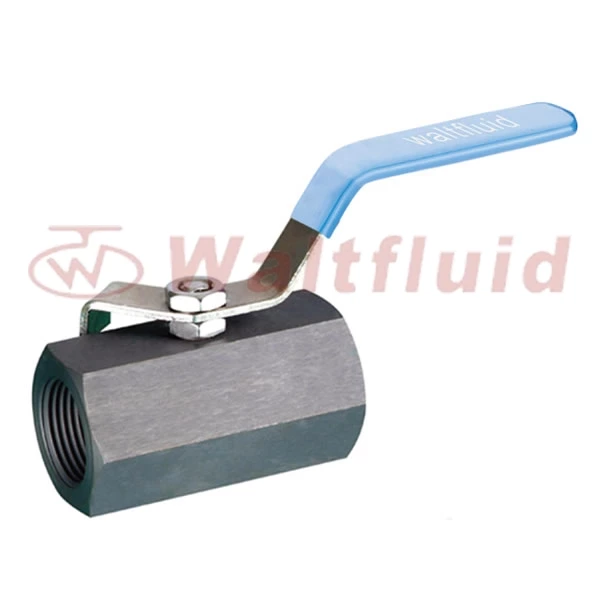
 English
English 中文
中文 Pусский
Pусский  Español
Español
